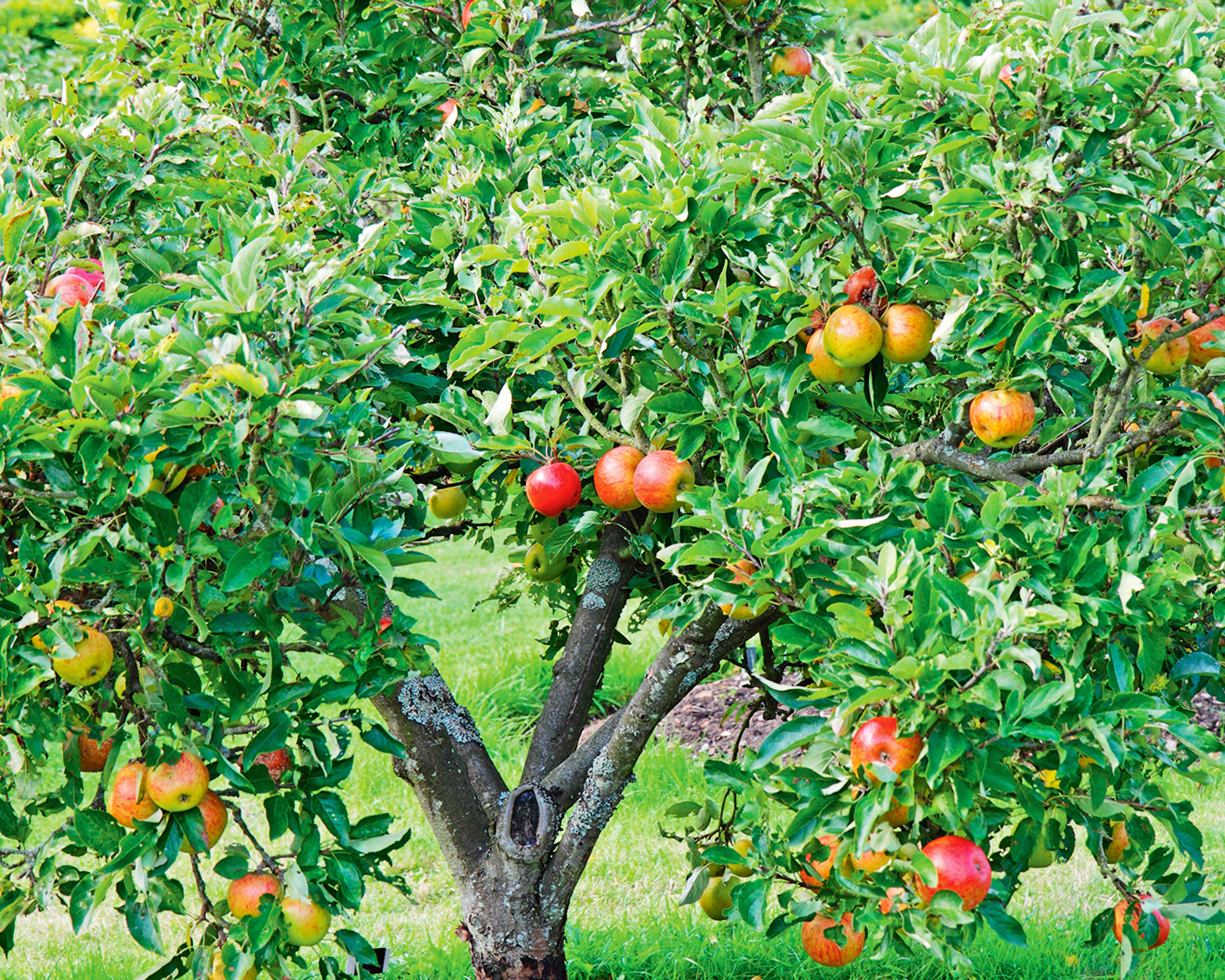7 Plants You Should Never Prune In Fall: Don't Trim These Perennials Until Spring
Discover popular shrubs and trees that must not be pruned until spring, to ensure healthy plants with maximum flowers, and support local wildlife.


Pruning and trimming plants are must-do garden chores, but when? Time it right and pruning a shrub will invigorate it and stimulate healthy new growth. Get the time wrong, and you could do more harm than good.
There are numerous plants that should be pruned in fall, while others can be cut back any time of year. However, many plants, especially trees and shrubs, are best pruned in late winter and early spring before new growth emerges. Create a bespoke pruning calendar for your garden so that you always make the cut at the right time.
If you’re tempted to clean up the garden before winter, resist the urge to prune these plants. Instead, be patient and hold off until after winter.
1. Azaleas and Rhododendrons

Rhododendrons and azaleas are both early-flowering shrubs that are members of the Rhododendron genus. Many types are evergreens, offering year-round color. What really draws most people to these shrubs is the bright, flowery spring show they put on. They’re also great for shady areas of the garden.
The best time for pruning rhododendrons is soon after they bloom but before they set buds in midsummer or late summer. If you prune too late, you’ll trim off next year’s flowers, so never prune in the fall. You can remove dead or diseased branches at any time.
2. Forsythia

This yellow-blooming staple of spring bursts forth with flowers early and before the shrubs leaf out. Forsythia is popular for this spring show, but also because they grow fast and don’t need a lot of care to stay vigorous and healthy.
You can let bushes grow naturally or prune them into a tidy shape or even a hedge. Pruning forsythia is best done soon after it's finished blooming. Cutting plants back in fall and even too late in summer will reduce next year’s flowers.
Sign up for the Gardening Know How newsletter today and receive a free copy of our e-book "How to Grow Delicious Tomatoes".
To create a compact shrub, trim about a third of the old wood down to the ground. This stimulates new growth and keeps it dense and flowery.
3. Oakleaf Hydrangea

Hydrangea pruning can be confusing because of the variations between type. Oakleaf hydrangea is a North American native shrub with oak-shaped leaves and pretty flower panicles that change from white to pink throughout the summer.
While some other types of hydrangeas can be pruned in the fall, pruning oakleaf hydrangeas should not be done at this time. They bloom on old wood, and pruning late in the season can trim off buds set for next year. Instead, prune your shrubs in late summer as the flowers begin to fade.
Oakleaf hydrangea doesn’t need a lot of pruning unless you want to manage its size, which can be very large.
4. Fruit Trees

If you grow any fruit trees, like apples, pears, or peaches, avoid pruning them in the fall. Depending on the type of tree, fruit trees are best trimmed in summer or while dormant in winter.
Pruning fruit trees in the fall risks eliminating buds set for the next year, which will reduce flowering and your fruit harvest. Cuts made in fall also put fruit trees at risk for winter damage and fungal or bacterial diseases.
5. Russian Sage

Some perennials are also better left alone until spring. Russian sage is a drought-tolerant, low-maintenance perennial or small bush that blooms with small purple flowers in summer and fall. It also has pleasantly aromatic leaves and attracts beneficial pollinators.
Russian sage is vulnerable to winter damage, so resist the urge to cut it back in the fall. It will do better if you leave it in place with plenty of mulch. Trim back the old plant material in late winter or early spring.
6. Coneflower

Coneflower is another perennial to leave alone in the fall. In fact, you don’t have to trim them at all unless you prefer a tidier garden. There are many types of coneflowers, including newer hybrids. These native species are great for wildlife, including the pollinators they attract in the summer.
In fall and winter, the substantial seedheads on coneflowers feed birds and other wildlife. Support your local native ecosystem by leaving them in place. Leaving the seedheads alone will also increase the chances of getting more coneflowers as they self-seed. You can cut back the old plant material in spring and compost it.
7. Milkweed

Milkweed is another important candidate for supporting wildlife by avoiding pruning in the fall. Native milkweed plants are the only ones that host monarch butterfly caterpillars, but they also feed and host many other beneficial species and pollinators.
Leave your milkweed plants standing through the winter. They’ll host pollinators that nest in the hollow stems and feed animals, caterpillars, and other insects.
When pruning milkweed, wear gloves and eye protection as the plant's sap can be irritating.

Mary Ellen Ellis has been gardening for over 20 years. With degrees in Chemistry and Biology, Mary Ellen's specialties are flowers, native plants, and herbs.
